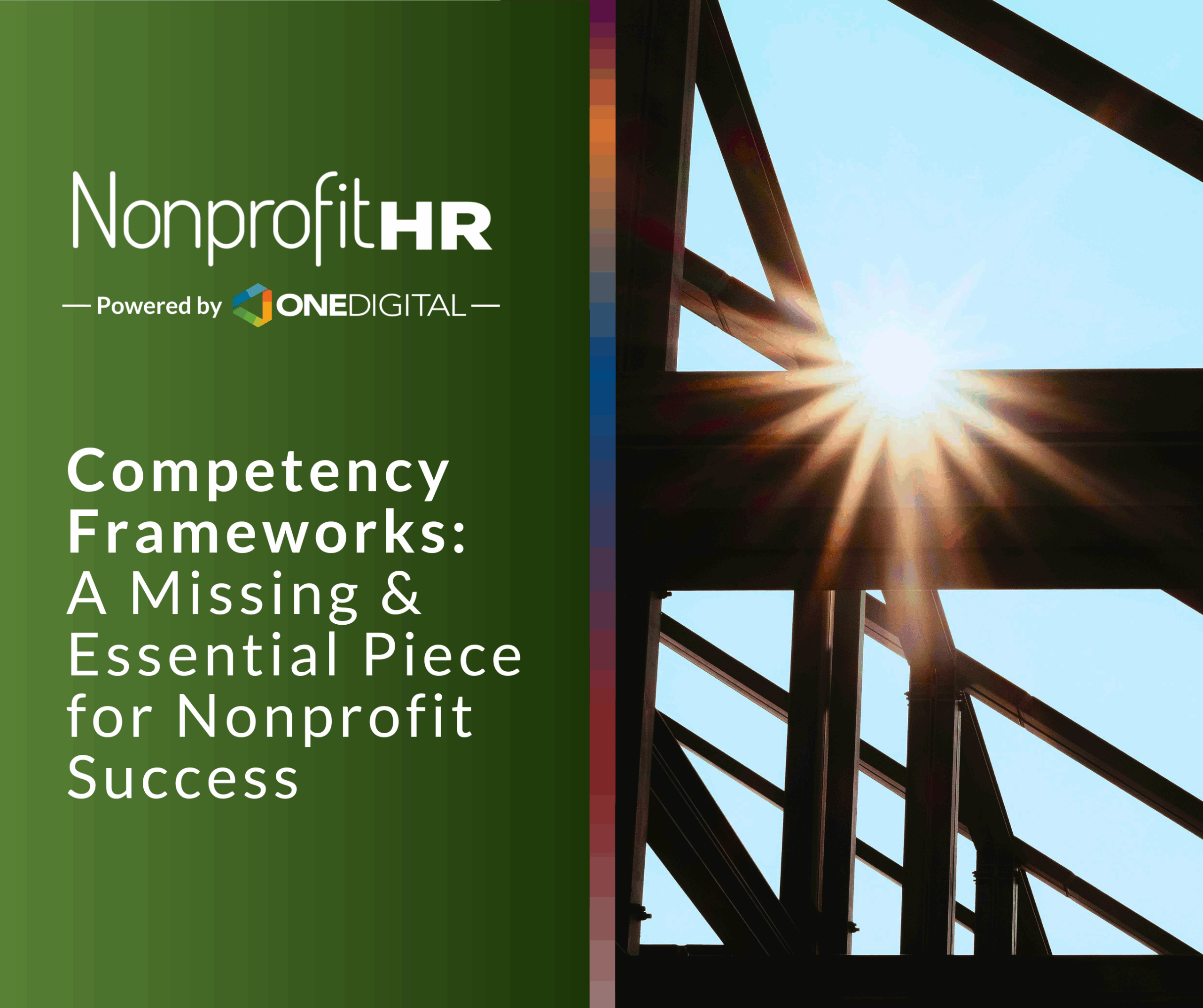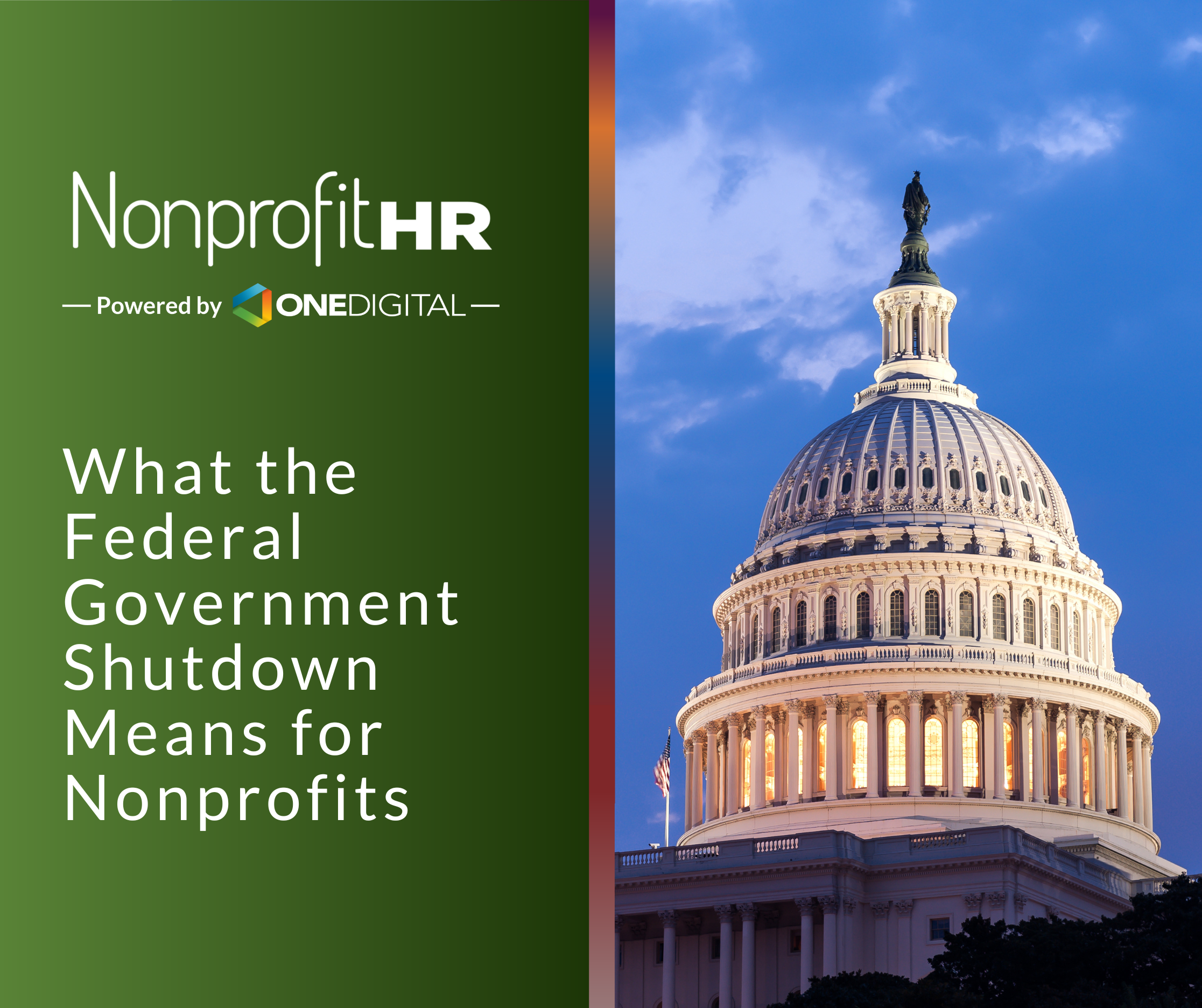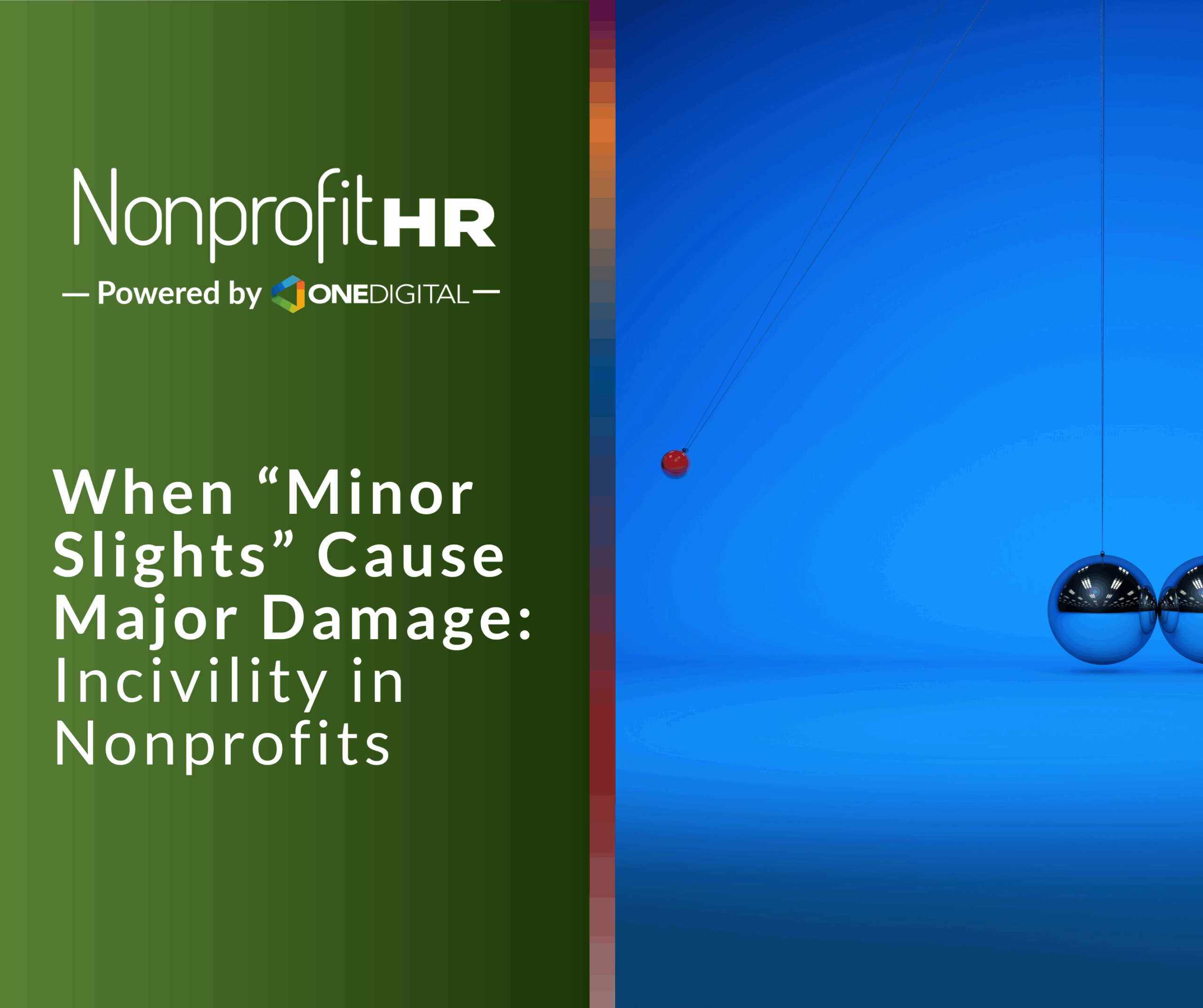WTOP: 5 ways nonprofits can…
This year’s Nonprofit Talent & Culture Summit drew nonprofit leaders and human resources professionals from around the country to discuss the critical talent and culture issues the nonprofit sector faces, and when they came together, something extraordinary happened. New ideas began to spring forward from speakers and attendees alike, important relationships were built, and inspiration bloomed. We’ve heard from many attendees since the conference concluded, and we’re humbled to report that nearly everyone we’ve spoken with expressed a belief that their Summit experience will have a positive impact on the way their nonprofit approaches human resources for a long time to come.
If you weren’t able to attend, all is not lost. You can still benefit from five key takeaways from the Summit that we’ve gathered here. And more importantly, there’s always next year! We’ll be announcing our 2017 Summit date soon, so stay tuned.
Here are five key ideas that many summit attendees reported walking away with this year:
The Nonprofit Continues To Experience Growth
1. The nonprofit sector continues to grow while the corporate sector stagnates. We released the 2016 Nonprofit Employment Practices Survey data at the Summit, giving attendees a first look at the employment trends that are impacting the sector this year. One of the key findings from this year’s survey is that the nonprofit sector continues to experience job growth while private sector hiring plateaus. 57 percent of nonprofits plan to hire in 2016 (up 7 percent from 2015) while only 36 percent of for-profit companies plan to hire (the same as last year). Take a look at infographic and full report here.
Nonprofits Need To Engage Purpose-Oriented Talent
2. The purpose-oriented employee finds work to be a source of great fulfillment and says they would keep working even after winning the lottery. Employees like these are not always easy to find, but they’re more prevalent in the nonprofit sector than anywhere else, and learning how to attract and retain them could be a huge difference maker for your organization. Arthur Woods, co-founder of Imperative, discussed the importance engaging purpose-oriented individuals and how the nonprofit sector can continue to hire more individuals who fit the bill. Currently, 28 percent of the workforce is purpose-driven, and if we can attract more of that 28 percent to our nonprofits, there is no doubt that our missions (and the issues and causes we serve) will benefit.
Inspired and Empowered Leadership Drives Change
3. Many of our 2016 speakers touched on the importance of empowering and deeply engaging your nonprofit’s leaders, especially its emerging leaders. In one especially powerful presentation, keynote speaker Timothy McClimon, president of the American Express Foundation, dove into the ways his organization is developing nonprofit leaders for tomorrow and shared ways nonprofits like yours can follow the foundation’s example. He suggested:
-
- Mentoring and executive coaching
- Utilizing technology to strengthen and scale at your nonprofit (and to connect with resources you wouldn’t typically have access to)
- Strategic networking
- Embracing entrepreneurship
Diversity and Inclusion are More Important than Ever
4. Diversity, inclusion and equity have been hot topics for a long time, but 2016 seems to be the year that many nonprofits are committing to taking real, meaningful action. And that’s a smart choice. After all, our country is becoming more diverse daily, and recently, the percentage of children under five from who are children of color surpassed 50 percent. But race and ethnicity is only part of the diversity landscape. Today, we have people with a far wider range of backgrounds, ages, gender identities, belief systems and physical abilities in our country and in our workforce than ever before. If nonprofits are going to keep up with the changing needs of today’s workforce, and even more importantly, with the needs of the increasingly diverse communities they serve, they need to get serious about their D&I strategies. Michael Watson, senior vice president of talent and culture at 4-H Council, led a panel discussion about the importance of diversity and inclusion in the nonprofit sector, and panelists shared smart strategies they’re experimenting with to foster diversity at their own organizations.
Think Differently about Engaging Millennials
5. A panel of millennials led by YNPN’s Jamie Smith brought a unique perspective to the Summit. Across the sector, many leaders find it difficult to engage and retain millennial talent – in fact, the 2016 Nonprofit Employment Practices Survey found that 1 in 3 nonprofits report their biggest retention challenge is retaining staff under 30, and conversations with many Summit attendees confirmed this trend. The key takeaway from this panel and from many other sessions that touched on the needs of the millennial workforce is that nonprofits need to think about engaging millennials in different ways than they engage the rest of their employees. Millennials cited the following as some of the factors most likely to keep them engaged in their work:
-
- Opportunities to work with higher-level leadership
- Opportunities to work on projects they enjoy
- An acknowledgement of their opinions and a chance to be part of their organizations’ decision making processes
- Chances to expand their professional development through internal and external networking and education offerings
The 2016 Nonprofit Talent & Culture Summit was an incredible success and we are so grateful to all of our attendees, speakers and sponsors for making it an event to remember.. Sign up here to make sure you’re the first to know when we announce dates for 2017. Have topics you want to see next year? Get in touch.





























